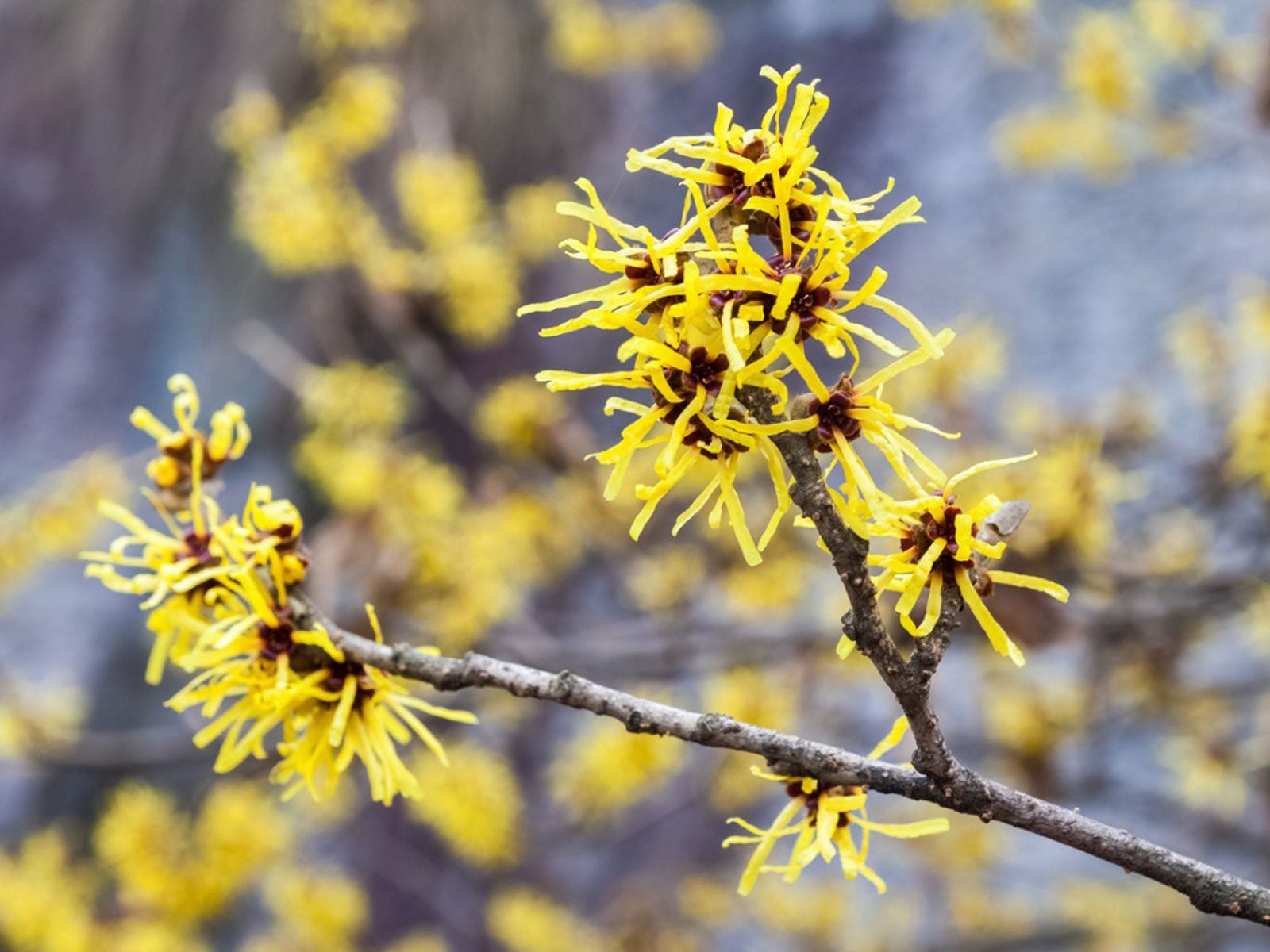Chinese Witch Hazel Plant – How To Grow Chinese Witch Hazel


For many, landscape design is an integral part in adding value to a home’s overall curb appeal. Highly ornamental plants should not only look great but be relatively easy to care for. Plants like Chinese witch hazel shrubs (Hamamelis mollis) offer an attractive option for bright color.
What is Chinese Witch Hazel Plant?
Native to China, this witch hazel plant is most popularly known for its oddly shaped blooms and fragrance. In fact, Chinese witch hazel is among the most fragrant of all witch hazel types. Each spring, plants produce a profusion of bright yellow flowers.
Before shedding their leaves for the winter, you'll be rewarded with showy yellow-orange fall foliage that's especially attractive in landscape plantings.
How to Grow Chinese Witch Hazel
Growing Chinese witch hazel is generally very easy. First, you'll need to obtain a witch hazel transplant. While it may be possible to find these shrubs locally, you may have to consider ordering online. In doing so, always make certain to order only from reputable sources, as to ensure transplants are healthy and disease free.
Locate the plant in a well-draining location that receives full sun to part shade. In selecting the planting site, make certain to allow adequate spacing as the plant grows to maturity. Gardeners will also need to account for any nearby structures, as Chinese witch hazel plants are known to spread wider as they grow.
After planting proper Chinese witch hazel, care for the plant will be limited, but it should include light pruning.
Depending upon its location, a witch hazel plant is commonly trimmed and trained in order to attain the desired plant shape. Trimming should be done in spring after the shrubs have finished blooming. While low growing plants have a more shrub-like appearance, others can be grown in a shape more closely resembling the form of a tree. Regardless, Chinese witch hazel will require consistent watering throughout the growing season, especially during periods of hot, dry weather.
Sign up for the Gardening Know How newsletter today and receive a free copy of our e-book "How to Grow Delicious Tomatoes".

Tonya Barnett has been gardening for 13 years. Flowers are her passion. She has transformed her backyard into a cut flower garden, which she regularly chronicles on her YouTube channel http://www.youtube.com/@tonyawiththeflowers.